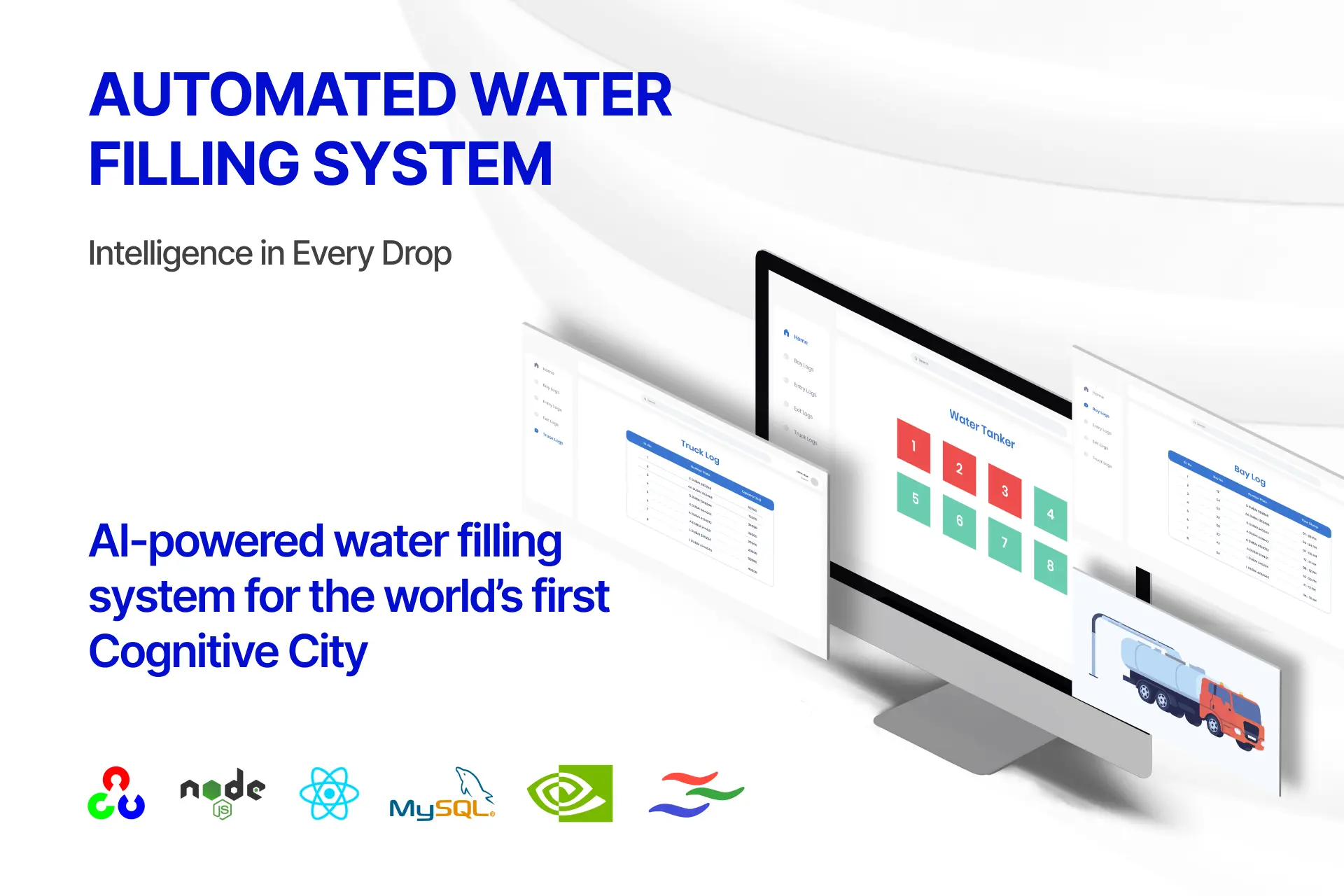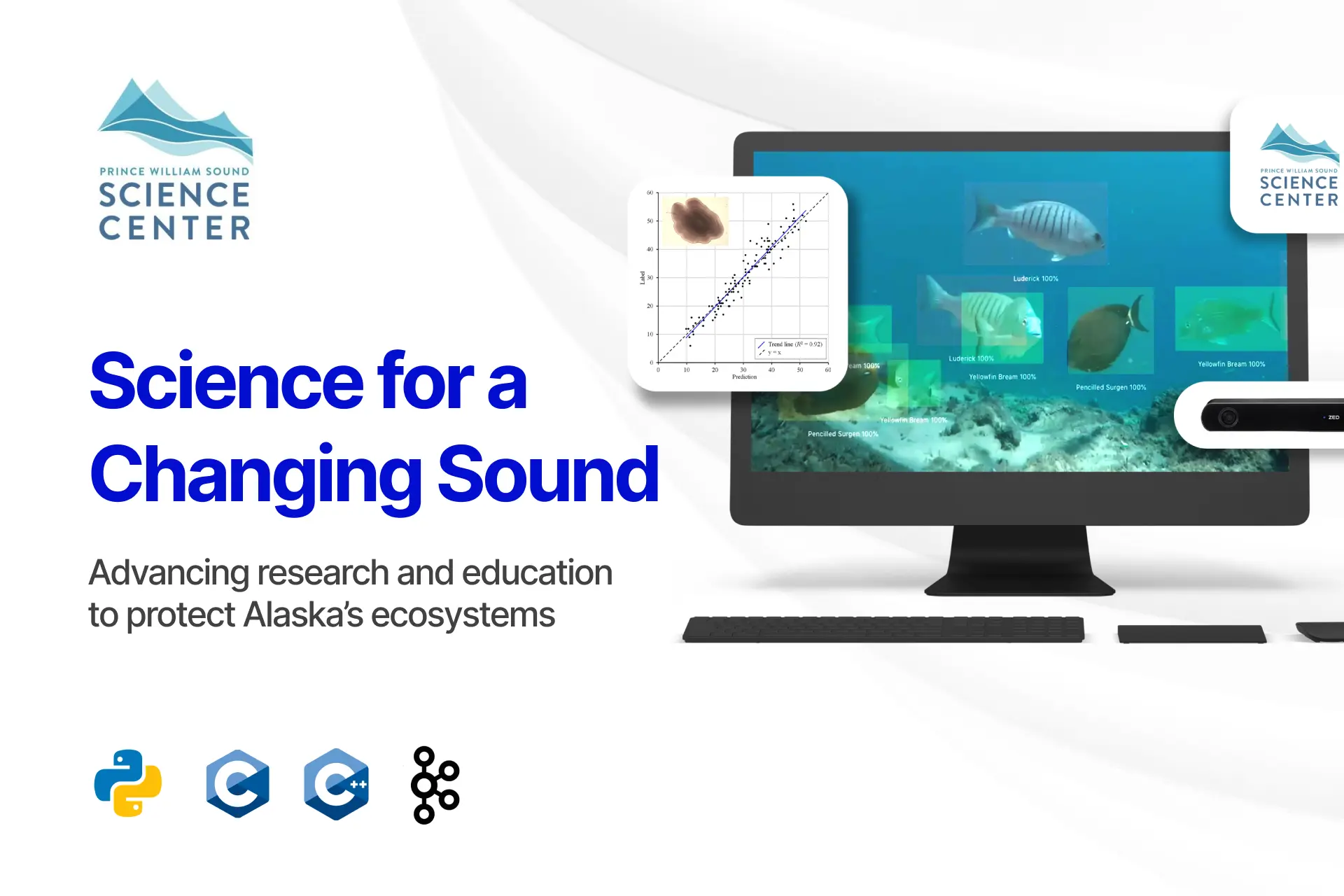Empowering Businesses with Next-Gen AI, Automation & Software Solutions
Trusted by billion-dollar enterprises and powered by top-tier expertise.












WHY CHOOSE NYX WOLVES
Build. Automate. Scale - with an AI-First Approach
We are a premium Al and tech development consultancy, trusted by the world’s most innovative founders, startups, and enterprises to reform operations and accelerate growth with revolutionary Al, AR/VR, Web, and Mobile solutions.
Product Engineering
From problem framing to launch, we turn ideas into production-grade apps, APIs, and platforms that stand up to real-world demand.
Bespoke Solutions
Ready-made frameworks for automation, computer vision, Edge AI and Generative AI that snap into your stack and start adding value in weeks, not quarters.
Proactive Partnership
From onboarding to scale-up, our team works closely with yours - offering dedicated support, strategic insights, and continuous innovation.
BUILT FOR MODERN INNOVATORS
An AI-First Framework For Speed & Scalability
Nyx Wolves combines deep tech expertise with agile execution to build intelligent products, automate workflows, and scale businesses efficiently.

🤖 Rapid AI Go-Live
Ship a production-grade MVP in weeks- no heavy onboarding, no vendor lock-in.
🧠 Human-Centric Design
UX that earns trust and drives adoption across every stakeholder group.
🔗 Seamless Integration
Pre-built connectors and open APIs slide straight into your current stack.
📱 Scalable Framework
Cloud, mobile, and edge deployments that auto-scale as your usage spikes.
OUR CORE SERVICES
AI-Powered Services Designed for Excellence & Scale
Delivering Innovation, Impact, and Results Across Every Solution

AI & IT Consultation
Strategic AI advisory & technology consultation to align innovation with business goals.

Business Automation & Digital Transformation
Automating workflows in operations, HR, finance, marketing, and legacy system modernization.

Research & Development
AI and AR/VR innovation for cutting-edge prototypes and industry-first solutions.

Product Development
Building custom software, mobile apps, and AI-driven platforms to solve real-world challenges.
HIGHLIGHTS OF OUR JOURNEY
Our Milestones of Transformative Impact

Achieved a 25% reduction in carbon emissions by implementing AI-powered energy optimization solutions, driving sustainable transformation across operations.
OUR AI DRIVEN PROCESS
Your Quick Start to AI Integration
Seamless onboarding, smart execution, and measurable impact from day one.
-
 ── Discovery & Strategy
── Discovery & Strategy
Identifying core challenges & opportunities.
-
 ── Solution Design
── Solution Design
Tailoring AI & software solutions for maximum impact.
-
 ── Development & Integration
── Development & Integration
Building robust, scalable systems.
-
 ── Testing & Optimization
── Testing & Optimization
Ensuring peak performance, reliability, and security.
-
 ── Deployment & Continuous Support
── Deployment & Continuous Support
Long-term maintenance and innovation.
What Happens When
IBM Meets Nyx AI Power
SUCCESS STORIES
Real-World Innovation Success
Automated Water Filling System
Real-Time Monitoring
Logistics Automation
Automated Water Filling System
This technology is an AI-driven automated water filling system that utilizes computer vision, ALPR, and a real-time dashboard to enhance efficiency, safety, and accuracy for logistics operations in tanker bay areas.

Fish Counting
Scientific Research
Waterway Ecosystem
Accurately Detecting and Counting Fish to Aid in Weather Research
PWSSC is an AI-powered fish monitoring system that uses advanced computer vision to improve fish counting and species identification, aiding ecological and weather-related research.

No-Code Platform
3D Product Views
AR Customization
Revolutionizing Online Product Showcase with No-Code WebAR
Xarwin is transforming the way businesses showcase real-world products online by offering a no-code platform for creating immersive WebAR experiences.

Got an idea, challenge, or product to scale?
See how we help companies of all sizes become truly AI-first — from consulting to full-scale delivery.
OUR CLIENTELE
Trusted by Top Industry Leaders Across Sectors
Their AI-driven solutions streamlined our business processes by 70%, boosting our operational efficiency.
~ Hanno Van Arde, CEO, Briisk
Nyx Wolves’ AI helped us unlock insights we couldn’t see before, making a game-changing impact on our research.
~ Peter S, Prince William Science Center, Alaska
Nyx Wolves made AI automation simple and effective for us. Their expertise improved efficiency across the board.
~ Mohit Sibal, Bahri
Their AI-driven solutions streamlined our business processes by 70%, boosting our operational efficiency.
~ Hanno Van Arde, CEO, Briisk
Nyx Wolves’ AI helped us unlock insights we couldn’t see before, making a game-changing impact on our research.
~ Peter S, Prince William Science Center, Alaska
Nyx Wolves made AI automation simple and effective for us. Their expertise improved efficiency across the board.
~ Mohit Sibal, Bahri
Their AI-driven solutions streamlined our business processes by 70%, boosting our operational efficiency.
~ Hanno Van Arde, CEO, Briisk
Nyx Wolves’ AI helped us unlock insights we couldn’t see before, making a game-changing impact on our research.
~ Peter S, Prince William Science Center, Alaska
Nyx Wolves made AI automation simple and effective for us. Their expertise improved efficiency across the board.
~ Mohit Sibal, Bahri
Their AI-driven solutions streamlined our business processes by 70%, boosting our operational efficiency.
~ Hanno Van Arde, CEO, Briisk
Nyx Wolves’ AI helped us unlock insights we couldn’t see before, making a game-changing impact on our research.
~ Peter S, Prince William Science Center, Alaska
Nyx Wolves made AI automation simple and effective for us. Their expertise improved efficiency across the board.
~ Mohit Sibal, Bahri
PLATFROM PARTNERSHIP
Platform Synergy: Scaling Possibilities
Leveraging shared strengths to deliver smarter, faster,
and more impactful solutions.




FOUNDING LEADERSHIP
Meet the Strategic Leadership Team
Just a team of talented, dedicated pros making magic
happen behind the scenes.
Ready to Scale with AI & Intelligent Automation?
See how we help companies of all sizes become truly AI-first — from consulting to full-scale delivery.

BLOGS
Explore the Latest Insights
Dive into our blog for tips, trends, and expert advice on
making the most of Nyx Wolves.












